Calculate the equivalent Percentage for any given Process variable. For conversion, we need transmitter Lower Range Value and Upper Range Value.
Contents
Process Variable to Percentage Conversion
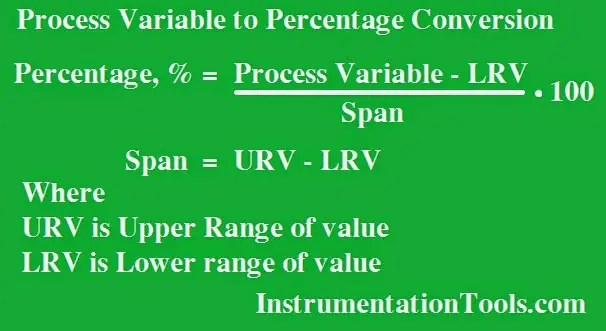
Formula:
Percentage % = ((Process Variable – LRV)/Span)(100)
Span = URV – LRV
Where
URV upper range value
LRV lower range value
Example:
An electronic Pressure transmitter is ranged -1 to 5 Bar and has a 4-20 ma. Calculate the Percentage output by this transmitter if the measured Pressure is 1 Bar
Span = 5 – (-1) = 6
Percentage % = ((Process variable – LRV)/Span)(100)
Percentage % =((1-(-1))/6)(100)
Percentage % = 33.33 %
Articles You May Like :
Instrumentation Calibration Mistakes
Pressure Transmitter Applications
Formulas to calculate ma from PV
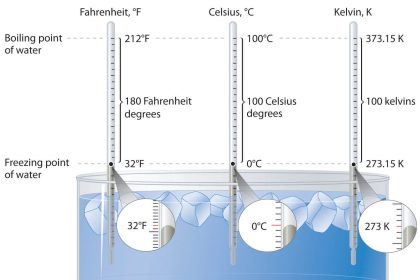
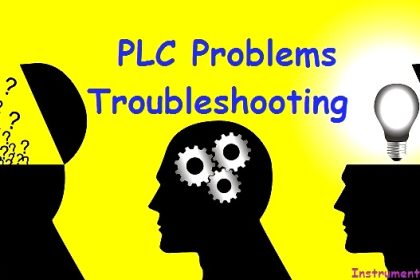
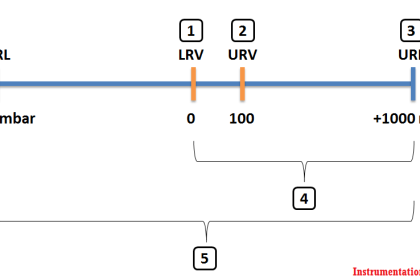
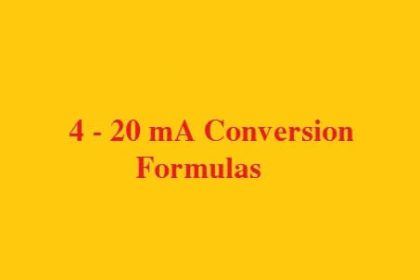
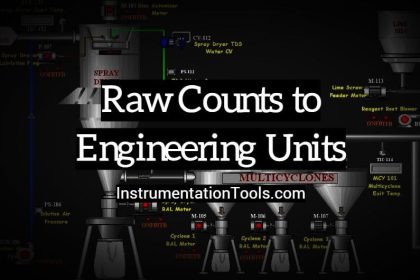
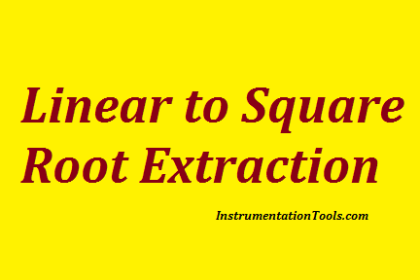
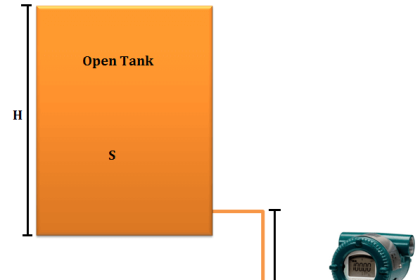
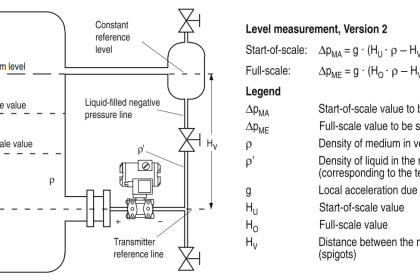


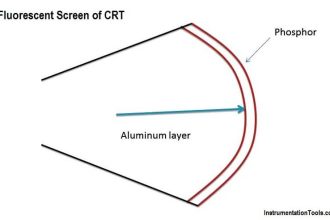
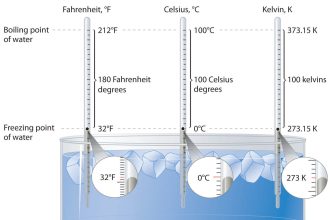
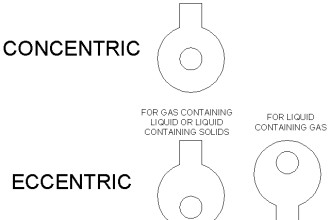

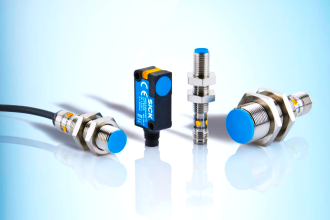
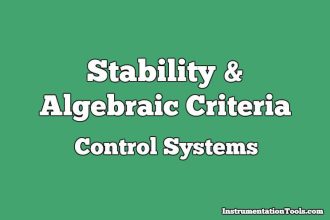

Thanks for sharing the formulas related to instrumentation.
Thanks for the information.
Thanks allot Sir
If conversion from MA to differential pressure any formula?????
Its good
thank you very much SIR